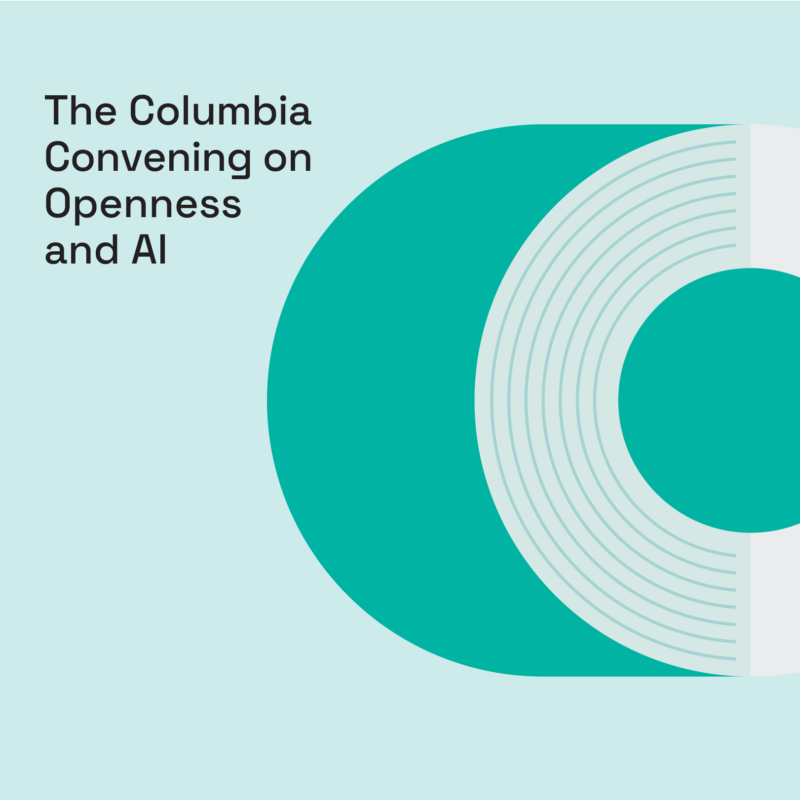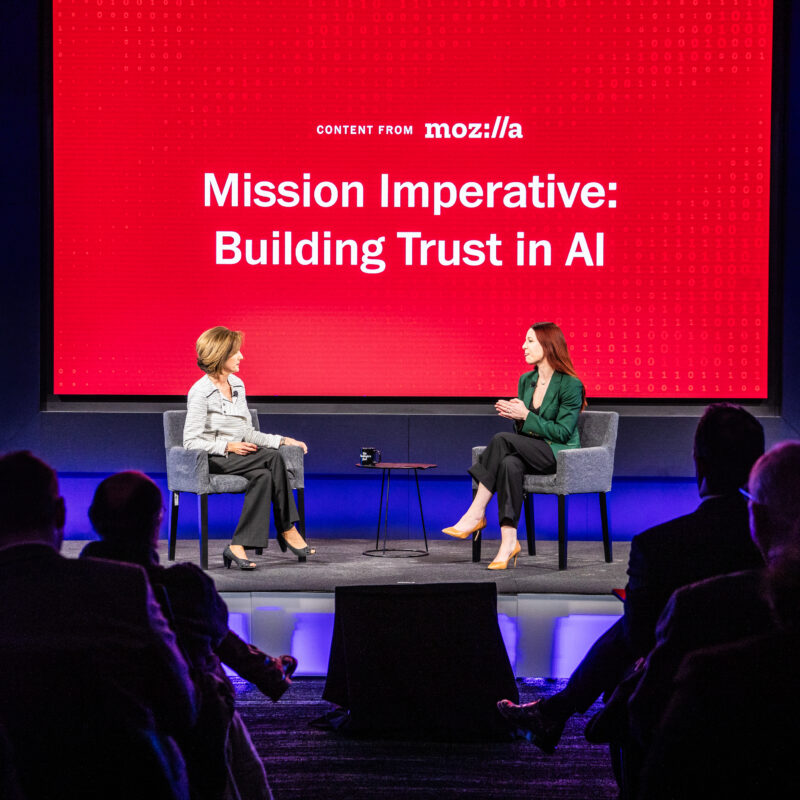Over the last two decades, the web has woven itself into the fabric of our lives. What began as a research project has become the world’s most important communication platform and an essential tool for billions of people.
But despite its success — and sometimes because of it — the web has real problems. People are routinely spied on by advertisers and oppressive governments, often at the moments when the open web is most necessary. They find themselves disempowered by hostile sites, sluggish experiences, and overly-complex technologies. And much of the web remains out of reach for non-native English speakers and people with disabilities.
Mozilla believes the web should be for everyone — open, empowering, and safe. In its best moments, the web exemplifies these values today. But too often the web today does not deliver on this promise. To that end, we’ve mapped out a detailed vision of the changes we want to see in the web in the years ahead, and the work we believe is necessary to achieve them. This includes efforts on a number of fronts — deploying ubiquitous encryption, ending tracking, simpler and faster technologies, next-generation internationalization support and much more.
We believe to make the web a better place we need to focus our work on these nine areas:
- Protect user privacy: Essentially all user behavior on the web is subject to tracking and surveillance. A truly open and safe web requires that what people do remains private; this requires gradually shifting the ecosystem towards a new equilibrium without breaking the web in the process.
- Protect users from malicious code: Users must be able to browse without fear that their devices will be compromised, and yet every web browser routinely has major security vulnerabilities. The technologies finally exist to significantly reduce this kind of security issue; we are increasing our use of them in Firefox and look forward to others doing the same.
- Encrypt everything: All user communications should be encrypted. We are near the end of a long process to secure all HTTP traffic, and encryption needs to be retrofitted into existing legacy protocols such as DNS and built into all new protocols by default.
- Extend the web… Safely: New capabilities make the web more powerful but also create new risks. The value added by new capabilities needs to be weighed against these risks; some applications may ultimately not be well suited for the web and that’s OK.
- Make the web fast enough for any use: While web browsers are much faster now than they were five years ago, we still see major performance issues. Fixing these requires making both browsers and infrastructure faster, and also making it easier and more attractive for people to build fast sites.
- Make it easy for anyone to publish on the web: While early websites were relatively simple and easy to build, the demands of performance and high production values have made the web increasingly daunting to work with. Our strategy is to categorize development techniques into increasing tiers of complexity, and then work to eliminate the usability gaps that push people up the ladder towards more complex approaches.
- Give users the power to experience the web on their own terms: The web is for users. In order to fulfill that promise we need to ensure that they, not sites, control their experience, whether that means blocking ads or viewing content in accessible form. This requires building a browser that displays the web the way the user wants it — rather than just following instructions from the site — as well as strengthening the technical properties of web standards that enable this kind of reinterpretation.
- Provide a first-class experience for non-English-speakers: The technical architecture and content ecosystem of the web both work best for North-American English speakers, who are a fraction of the world. We want the web to work well for everyone regardless of where they live and what languages they speak.
- Improve accessibility for people with disabilities: As web experiences have grown richer, they’ve also become more difficult to use with assistive technology like screen readers. We want to reverse this trend.
You can read much more about each of these objectives in the full document. We’ve been using this roadmap to guide our work on Firefox and other Mozilla products. We also recognize that it’s a big web and fixing it is a team effort. We’re looking forward to working with others to build a better web.



